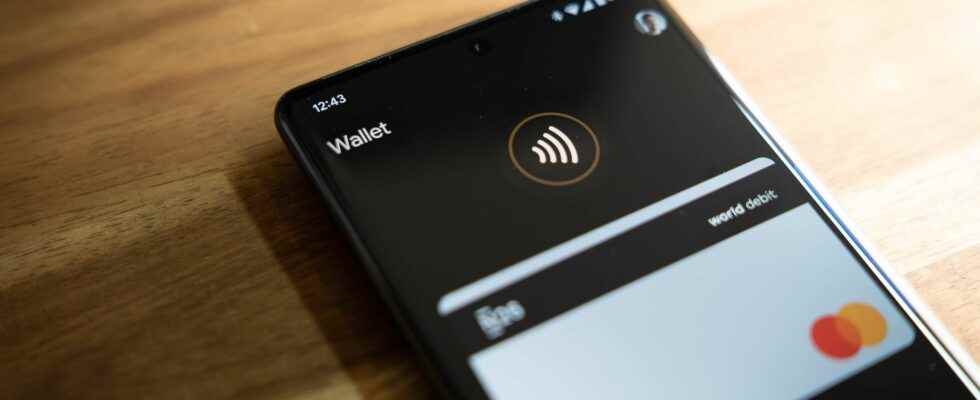NFC is a communication technology that allows data to be exchanged between two compatible terminals, simply by bringing them close to each other.
What does NFC mean?
NFC means near field communication, Near Field Communication (NFC) in French. It allows information to be transmitted wirelessly over a short range. The terminal and the reader or the two terminals concerned must be close by about ten centimeters, at the most, to exchange data.
The technology works using RFID chips (for radio frequency identification) integrated into each of the equipped devices. Unlike QR codes, it does not require any application to operate.
Where do we find it?
NFC is the technology that allows your mobile phone or bank card to pay simply by placing them on a payment terminal. It is also what allows transport cards to work. To find out if a bank card has NFC, just look if the symbol similar to that of Wi-Fi, but turned 90° to the right, is present.
What are its uses?
NFC is present on iPhones as well as on many Android smartphones. But Apple does not allow the same use as other manufacturers. On the side of the firm at the apple, we can only use the technology to make mobile payments via Apple Pay (which displeases the European Commission).
Among the others, the technology allows three types of use:
- The “passive” mode makes it possible to transform the telephone into a bank card, a transport ticket, a ticket, or another tool of this kind. In this case, the phone sends information to a receiver using NFC.
- Reader mode allows the smartphone to read the information stored in tags, electronic labels that can be found on tourist signs, for example, or in bus stops. This is roughly the same use as that allowed by QR codes.
- Peer-to-peer (or peer-to-peer) mode enables rapid exchange of information between two terminals equipped with chips. In particular, photos or contacts from a smartphone to a tablet.
SIM-centric or HCE?
Will you take a few more acronyms? For sensitive operations such as payment, securing NFC operations first required relying on a secure element (SE) which often happened to be the SIM card present in the smartphone. In these cases, at the time of payment, the NFC controller called the SE, so that it verifies the sensitive banking data – this prevents the phone’s operating system from having access to this information.
Recently, a new technology allows the decoupling between the SIM card and the use of NFC to pay or validate a transport ticket: this is the HCE technology, for Host Card Emulation. In this case, the phone can pretend to be the desired card without requesting the SIM card. In the Paris region, this is the option chosen by the RATP and Ile-de-France Mobilités to allow the dematerialization and emulation of Navigo cards.
